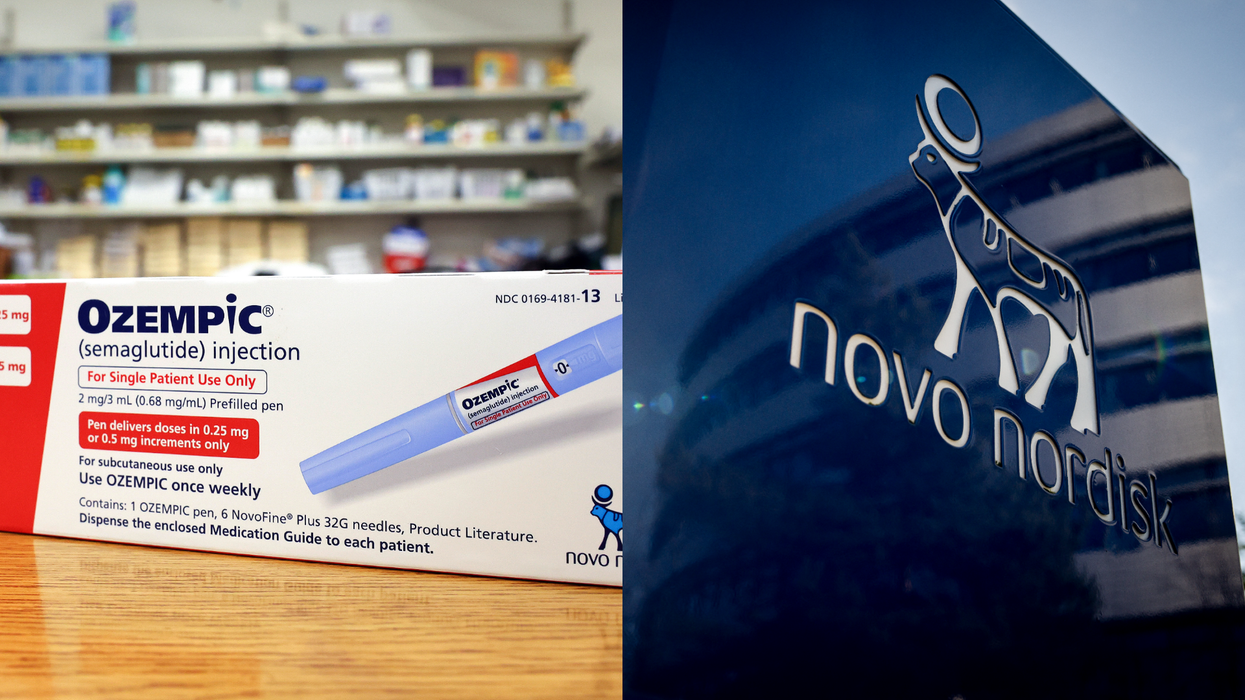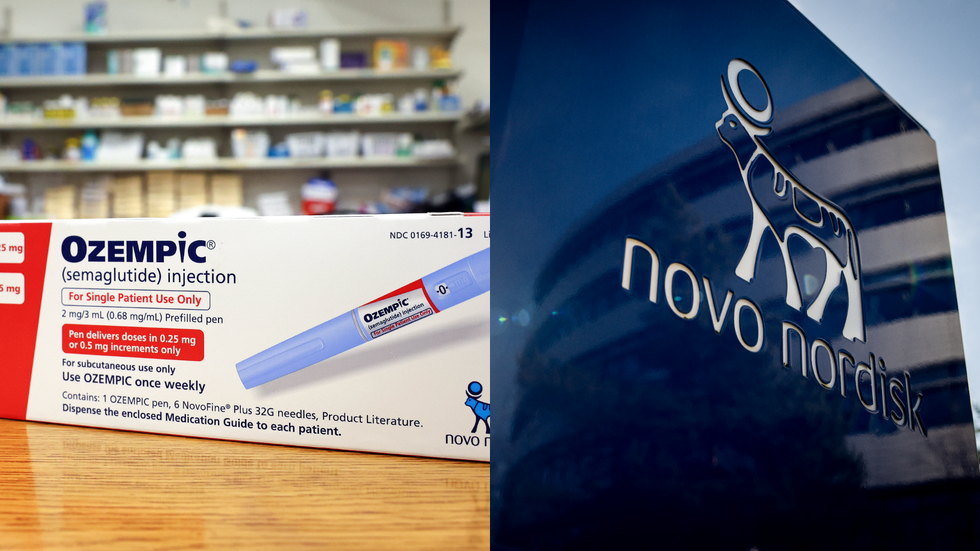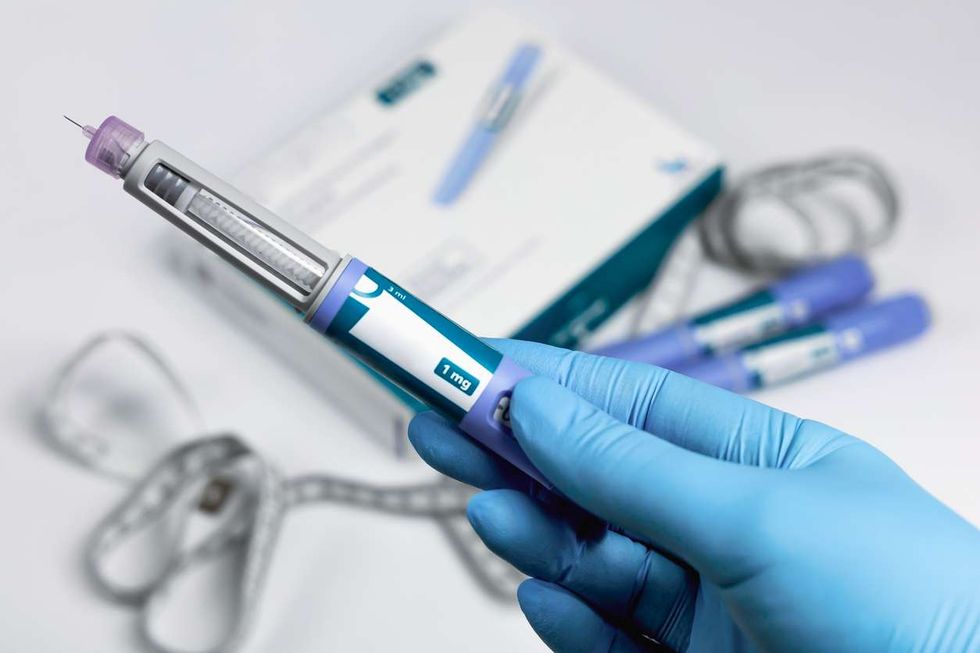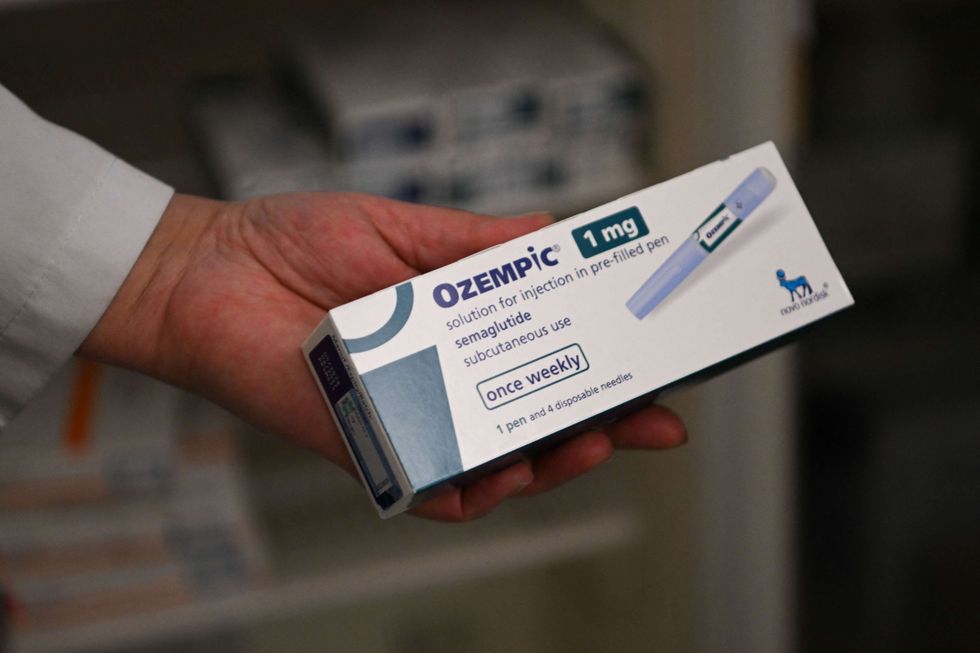WITH 13 years of experience as an interior designer, Sonika Khurana transitioned into content creation without any expectations of becoming a social media influencer.
Her authentic approach to simplifying complex interior design concepts struck a chord with homeowners and aspiring designers alike. Alongside sharing transformative design ideas, she has openly documented her journey of balancing a thriving career with motherhood.
Today, her brand Coloraza boasts over 1.1 million Instagram followers and has launched a mentorship programme offering live classes on all aspects of interior design.
Eastern Eye caught up with the innovative creative to discuss her inspiring journey, design tips, sources of inspiration, and advice for maximising space and choosing the perfect colour schemes.
What first connected you to interior design?
I’ve been drawn to interior design since childhood. I used to help my dad select colours during home renovations and was always fascinated by the process. I found myself glued to every step, from mixing plaster to observing carpenters. Transforming spaces gave me butterflies, and I’ve been rearranging décor, doing DIY projects, and watching home design shows for as long as I can remember.
What made you want to be a content creator?
During Covid, I had just delivered a baby, and my life changed overnight. My usual 15-hour workdays visiting sites, markets, and meeting clients weren’t possible anymore. Feeling like my career was slipping away, I turned to social media to stay relevant. I began posting project photos, sharing simple tips, and my following grew rapidly – from 700 to 50,000 in just four months, and then another 100k in 15 days.
What happened next?
Content creation offered the flexibility I needed as a new mother. I could now manage projects, create content, and hold workshops from one room while my little one played in the next. Today, with over a million followers, I have the freedom to choose projects that inspire me.
You’ve achieved so much. What has been your most memorable moment?
As an interior designer, handing over a completed project is always fulfilling, but there’s often chaos involved in finishing projects. Clients can be tired, overwhelmed, and sometimes irritable at the end of a project. But one moment stands out – a client looked me in the eyes and said, “All the happiness in my life is because of you.” It was incredibly surreal and emotional.
Where do you get all your wonderful interior design ideas from?
Inspiration is everywhere – from nature and fashion to even my son’s Legos. A creative mind is always buzzing. I make sure to take breaks, avoid burnout, and surround myself with things I love, which keeps the ideas flowing.
Can you give us a top interior design tip?
Focus on functionality over aesthetics. While staying informed about trends is helpful, always listen to what feels right for you. Your home should be a reflection of your personality, not designed to impress others.
What advice would you give to those working on a lower budget?
Differentiate between must-haves and can-haves, and work in phases since a home is always evolving. There are many budgetfriendly alternatives to expensive materials. Repurposing and reusing can also create beautiful results without breaking the bank.
What is the secret to creating a great living space?
Functionality is key. Create a space where the family can come together comfortably. Focus on accessible design, comfortable furniture, and a versatile palette that reflects each family member’s personality.
What are common mistakes people make when designing interiors?
Blindly following trends and listening to endless free advice are big mistakes. Your home is personal, so make decisions that suit you. Another common error is not accounting for clearances, which can lead to cramped spaces and restricted movement.
Do you have any advice for selecting colours?
I follow the 60-30-10 rule. Use a primary neutral colour, like beige, white, or grey, for 60 per cent of the finishes (walls, flooring, large furniture). Add a secondary complementary colour for 30 per cent (curtains, panelling, smaller furniture). Finally, use an accent colour that contrasts for 10 per cent (artwork, cushions, décor). This creates a cohesive and harmonious look.
What are some good ways to create extra space?
Make use of vertical spaces – add slim storage alongside the bed or extend kitchen cabinets and wardrobes to the ceiling. Multifunctional furniture, such as beds or tables with storage, is another excellent way to maximise space.
Is there a secret hack you can share?
Focus on lighting. Layering light in your space – a mix of ambient, task, and accent lighting – can completely transform any room.
How do you balance family life and work?
Planning and having an equal partner make all the difference. My husband and I share responsibilities, from cooking and chores to taking care of our son. It’s a team effort, and that balance allows me to manage my career effectively.
What inspires you?
Happy, well-designed spaces, motivational stories of manifestation, and my son’s infectious energy inspire me the most. His ability to find joy in every situation is something that I deeply admire.






 Novo Nordisk launches Ozempic in India as diabetes cases climb Getty Images
Novo Nordisk launches Ozempic in India as diabetes cases climb Getty Images  Ozempic weekly pens now available in India for type 2 diabetesiStock
Ozempic weekly pens now available in India for type 2 diabetesiStock  India gets Ozempic as obesity and diabetes numbers riseiStock
India gets Ozempic as obesity and diabetes numbers riseiStock  Doctors say Ozempic helps blood sugar and weight management in adultsiStock
Doctors say Ozempic helps blood sugar and weight management in adultsiStock





